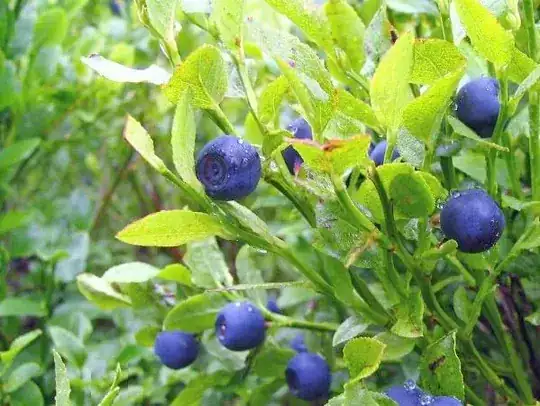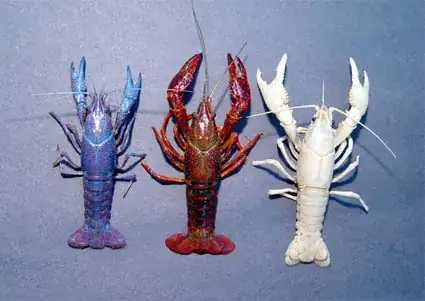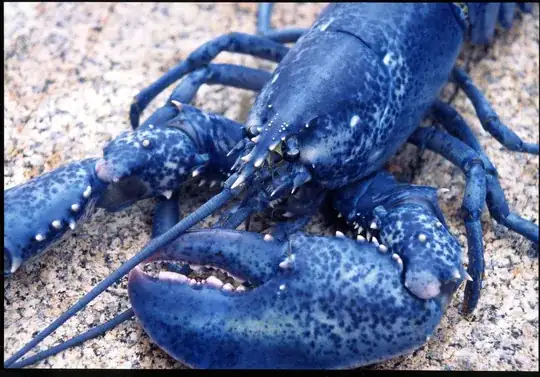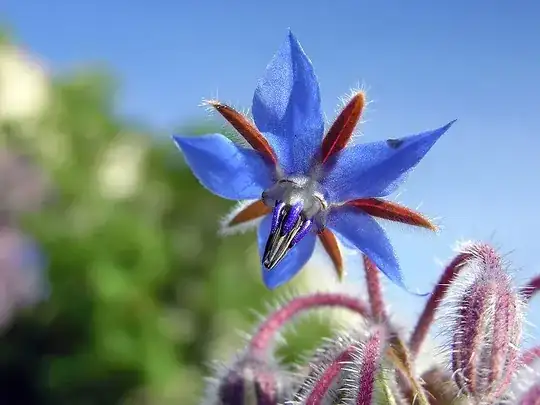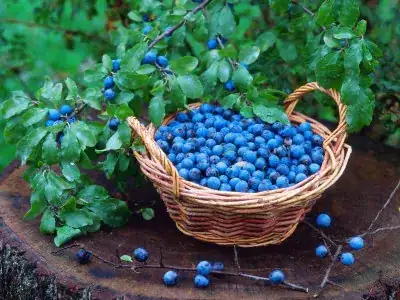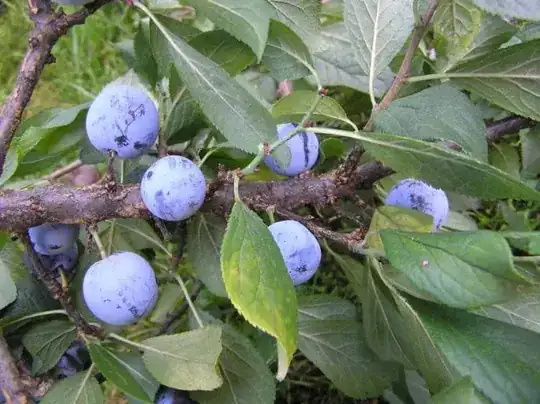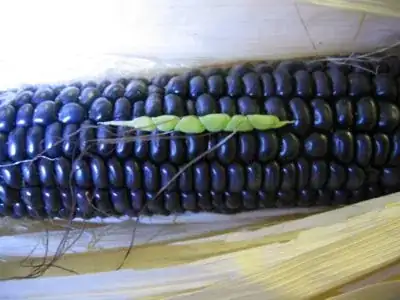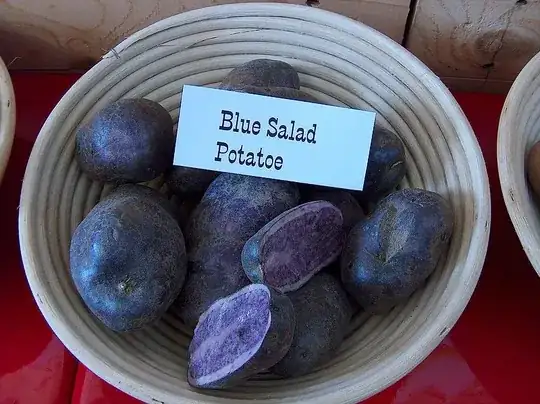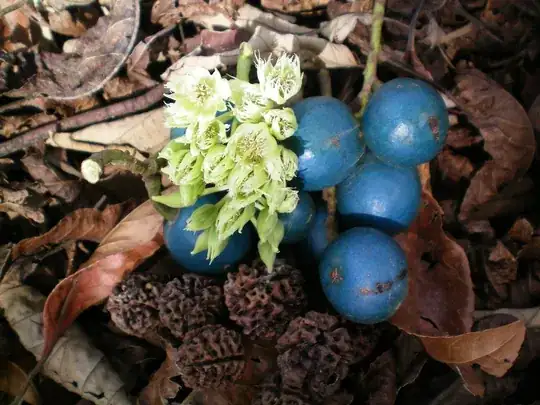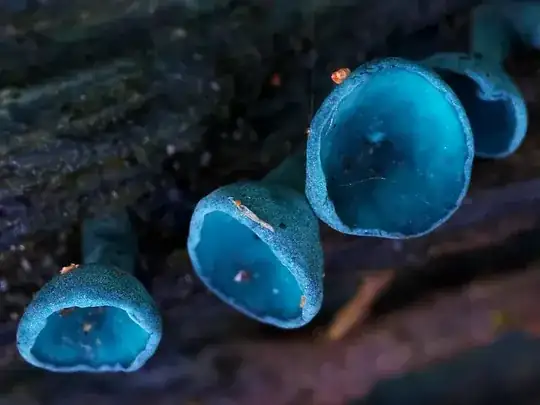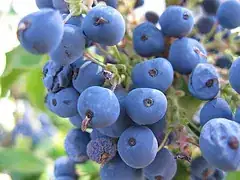I've heard it claimed that there are no naturally blue foods and that blueberries don't count, because they are more purple. However, I have a hard time believing such a blanket statement so I want to ask this here.
If you count foods that are blue in nature, but not blue when prepared, is this statement false?
Are there no foods, in the state that we eat them, that are naturally blue?
In terms of a definition for food, it would be something that is not only edible, but is commonly eaten by any group of people. So, something that is edible, but not commonly eaten by any group of people would not be considered.
Blue is a light wave having a spectrum dominated by energy with a wavelength of roughly 440–490 nm. Defined specifically by Wikipedia
